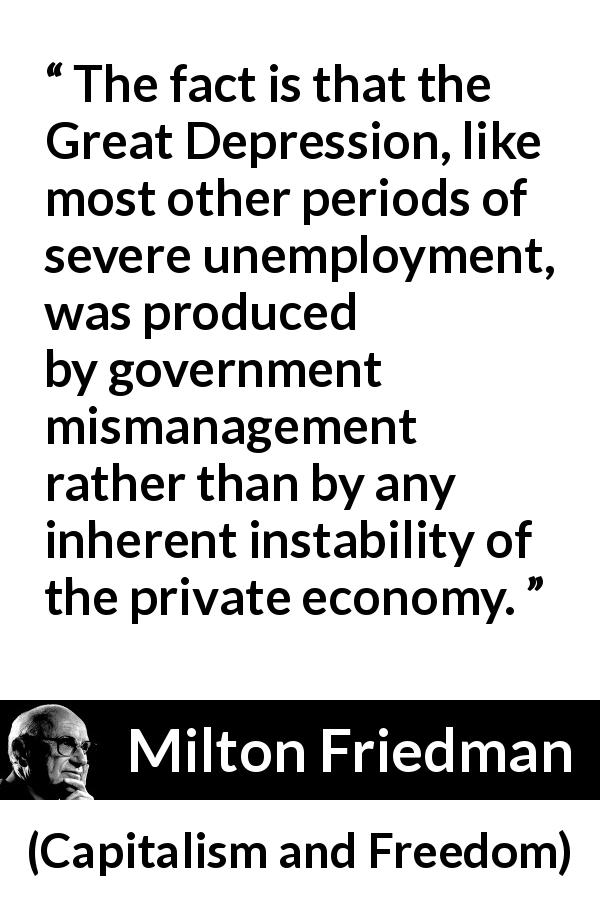


First, China: in the 1980s, the Chinese Communist government began to adopt market-based reforms. Lazear points to several specific examples. The general evidence suggests that both across countries and over time within a country, providing more economic freedom improves the incomes of all groups, including the lowest group.

The historical record provides evidence on how countries have fared under the two extreme systems as well as under intermediate cases, where countries adopt primarily private ownership and economic freedom but couple that with a large government sector and transfers. He studied how incomes for low and high earners changed as countries shifted from government-controlled economies to more market-oriented economies. In his Human Prosperity Project essay Socialism, Capitalism, and Income economist Edward Lazear analyzed decades of income trends across 162 countries. Those sympathetic to socialism, however, respond that capitalism may produce wealth for some, but without government involvement in the economy many are left behind. The result is higher standards of living. Supporters of capitalism argue that free markets give people-entrepreneurs, investors, and workers-the right incentives to create goods and services that people value. Part 2: How do socialism and capitalism affect income and opportunities?ĭelivering broad-based prosperity should be the primary goal of all economic systems, but not all systems deliver the same results. So how do socialism, capitalism, and their many variants compare? The video below describes the project’s objectives: The Hoover Institution’s Human Prosperity Project critically examined many of these experiments to see which economic system is best for human flourishing. While these debates are often in the abstract, over the last century countries have experimented with variations on both economic systems. We regularly see them in the debates over the merits of socialism versus free market capitalism. We see calls for single-payer health care systems, expanded child-care subsidies, and trillions of dollars in federal infrastructure investments.Īrguments about what government should and should not do are not new. While much of the increase was temporary, there is now a growing desire to further expand government. From economic shutdowns to trillions of dollars in new government spending, the 2020 COVID-19 pandemic led to a dramatic increase in government action.


 0 kommentar(er)
0 kommentar(er)
